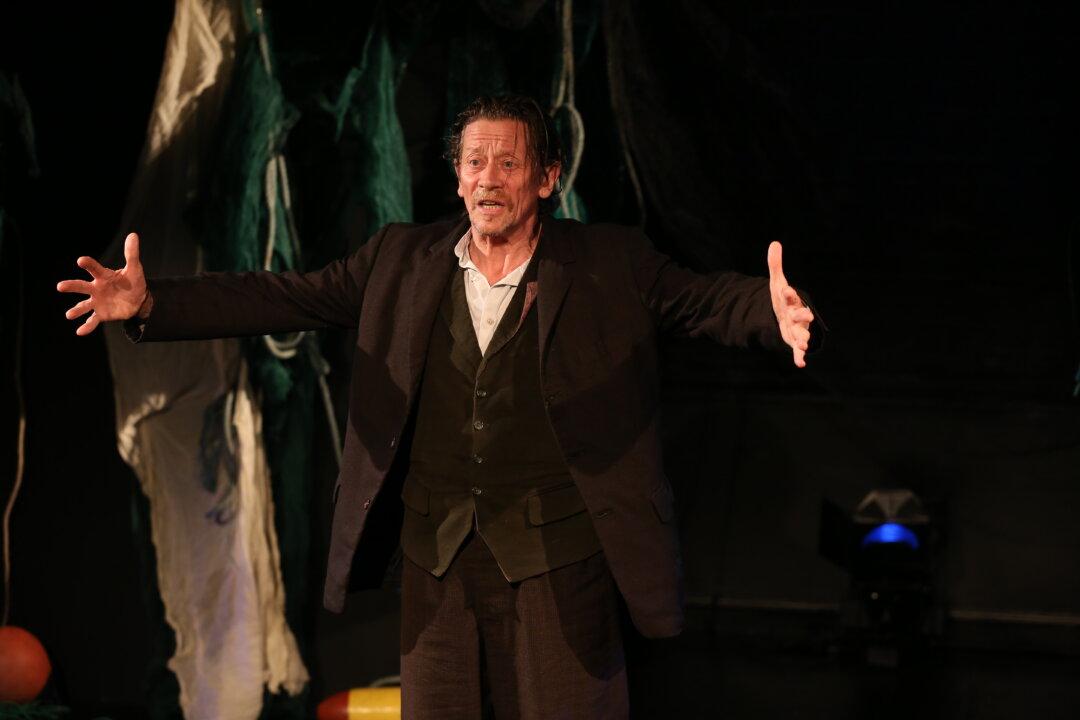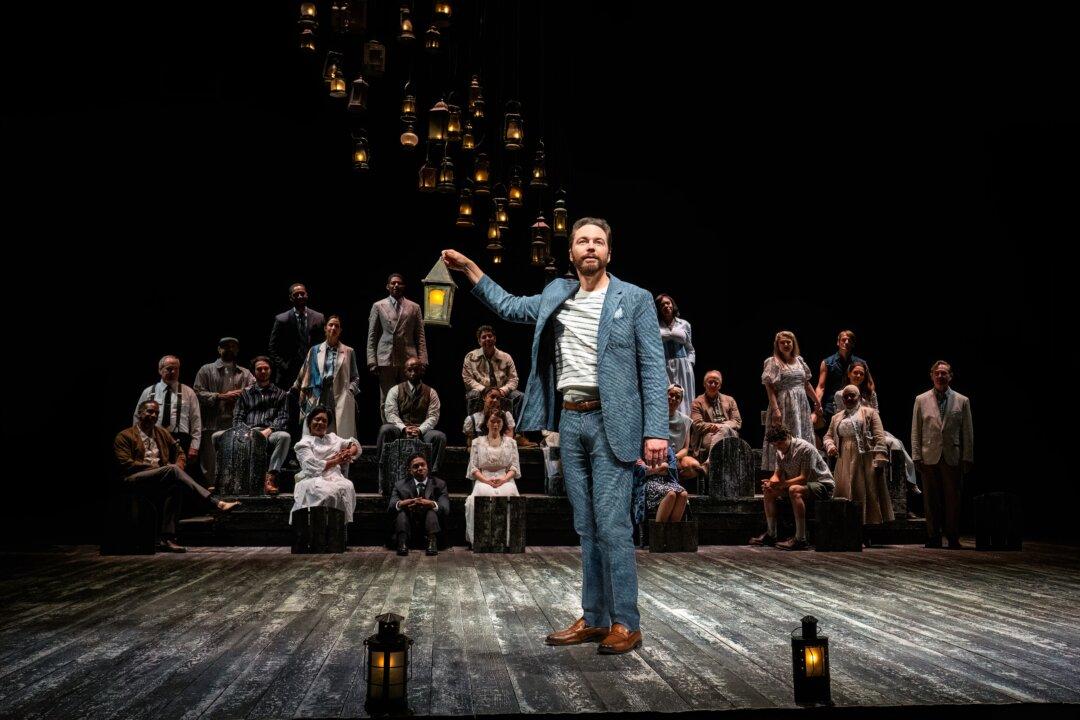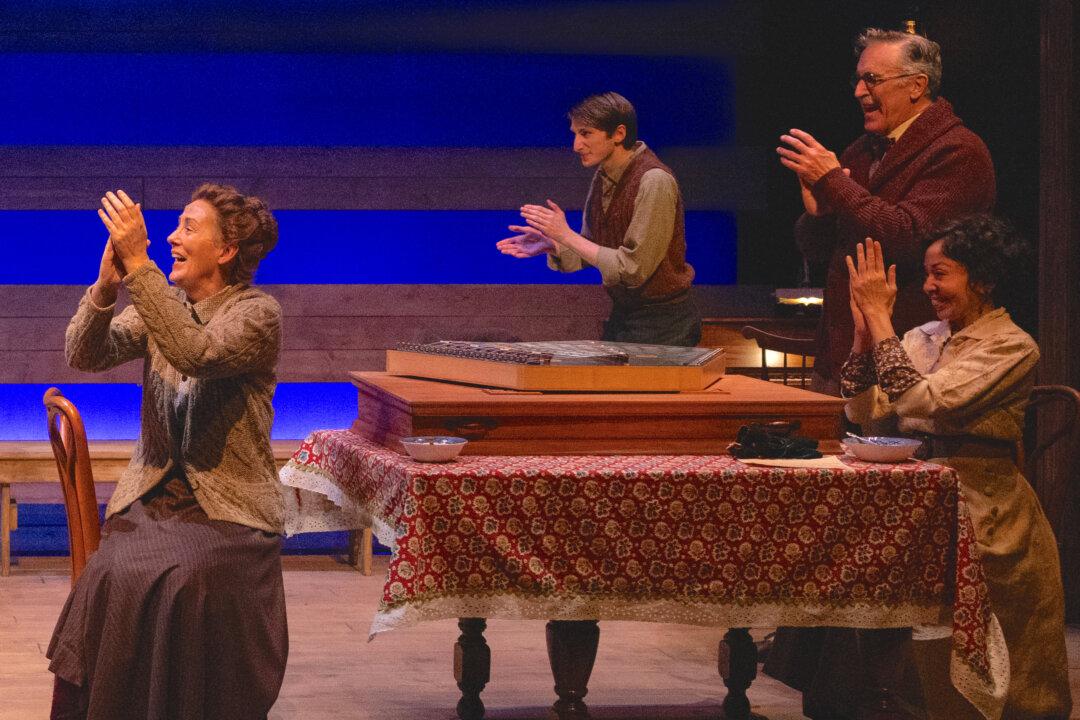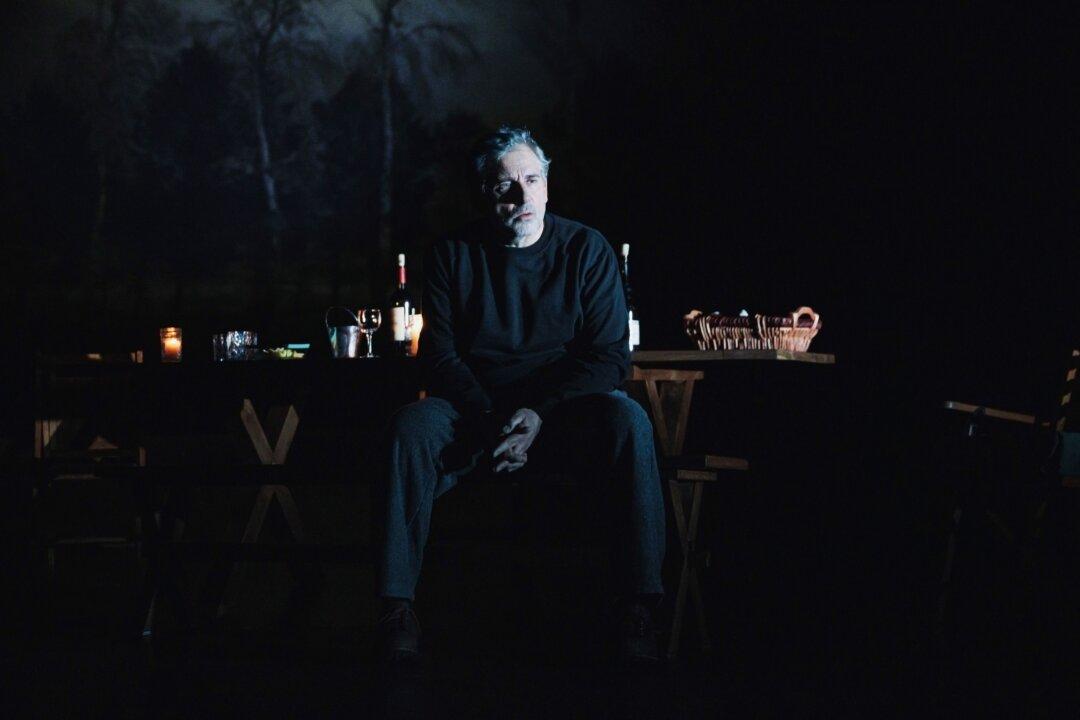NEW YORK—More than 10 years ago, I visited Inishmore, the largest of the three Aran Islands off the coast of Galway, Ireland, and I can say that the islands have caught up to a large degree with contemporary society. But it was a different place when they were visited by the noted playwright John Millington Synge over a period of five summers (1898-1902). He came on the advice of his friend and mentor poet W.B. Yeats. The weather on the islands was so uninviting that Synge wintered in Paris.
Synge’s immersion in the culture, habits, tales, and, yes, climate, resulted in his book, “The Aran Islands,” which director Joe O'Byrne has adapted into a theater piece, now making its American debut at the Irish Repertory Theatre.
The task of conveying the atmosphere of the islands as well as portraying several of its inhabitants and setting out their personal stories falls to one remarkable actor, Brendan Conroy.
On a darkened set (lighting by director O'Byrne), Conroy snatches one’s attention with his unique delivery; he almost devours each word, savoring the text as if it were a tasty feast.
Initially, the narrator (apparently in the person of Synge himself) makes plain the severe physical situation of the islands. The skies are gray, the rain is almost constant; it is cold and wet and unwelcoming. How can such a scene be set for anything other than drudgery and want?





